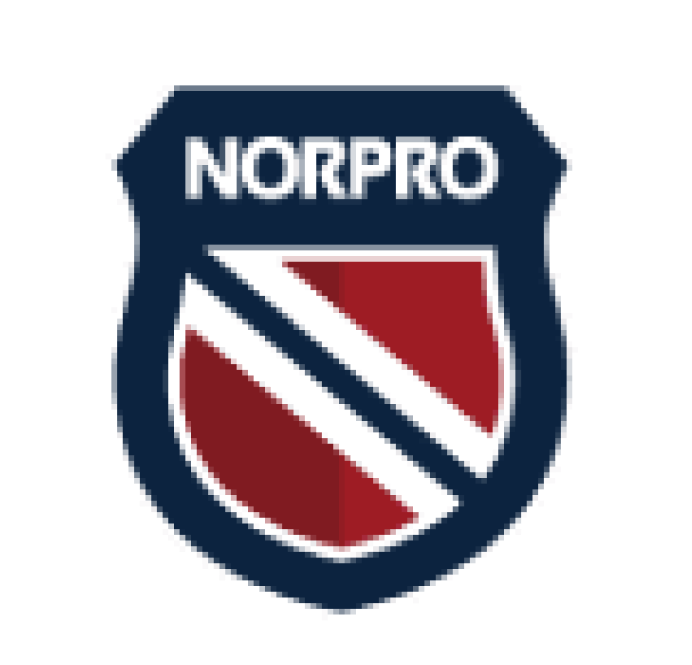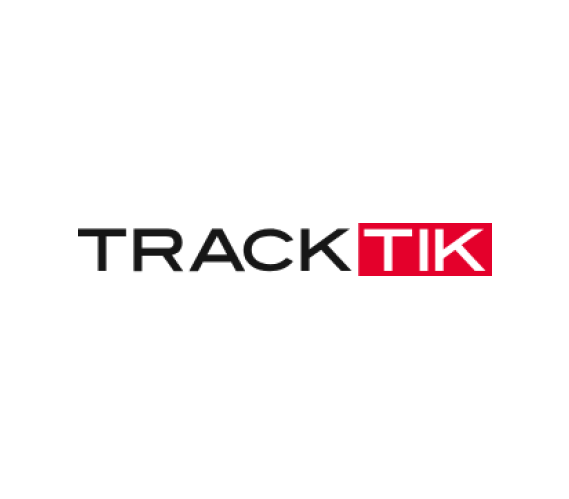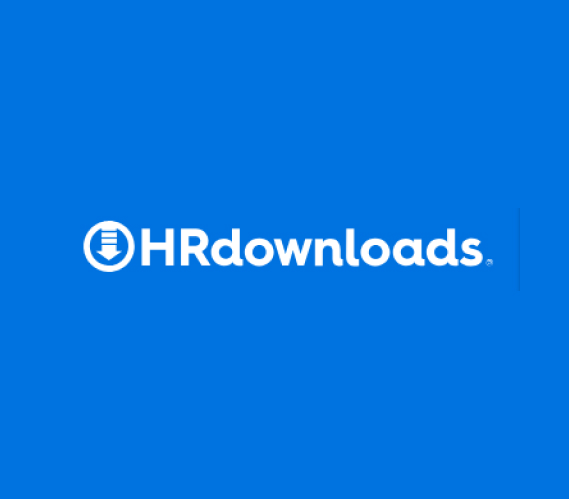Baseline IAQ Surveys
Baseline IAQ assessments are used to determine the state of the air quality in a particular indoor environment where IAQ monitoring has not been completed or has not been completed recently.
Indicator measurements of building performance can be assessed to determine if a building is performing poorly. Important indicator measurements may include:
Norpro H&S is able to conduct a management system gap analysis for organizations looking to meet any of the standards below:
- Air and Surface Temperature
- Relative Humidity
- Carbon Dioxide (CO2) measurements as a means of checking adequacy of ventilation
- Surface Moisture
- Particulate Matter
- Total Volatile Organic Compounds (TVOC)
- Carbon Monoxide to check for leakage of combustion devices within the building.
Following the completion of an assessment, a report will be issued including assessment results and recommendations for IAQ improvement if required.



